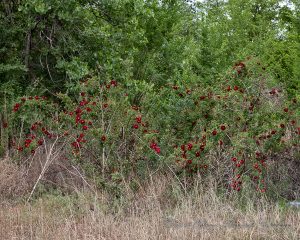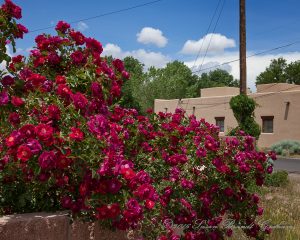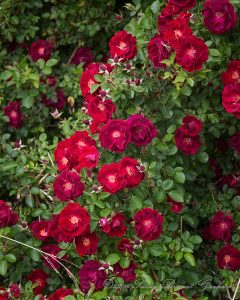Dwarf Peach Bonanza 2016
Dwarf Peach Bonanza 2016
Dwarf Peach Bonanza, my first one that I had for many years and loved for its early spring blooms, peaches, the beauty of the little tree itself in the growing season, the interesting bare branches in the winter, died in the extreme, brutal cold of February 2011. It had produced and been a joy for many years.
In the fall of 2014, my wonderful neighbors not only gave me a new one, but planted it for me. It bloomed in the spring of 2015, but didn’t produce (late cold). This year the bloom was gorgeous, to no one’s surprise, but it once again got cold late and I was doubting production of any peaches.
I am happy to say the little tree is producing some peaches this year, beautiful little blush covered peaches! I could have thinned them a bit to produce larger peaches, but I really wasn’t looking for peaches after the cold snap. These were something of a delightful surprise.

Dwarf Peach Bonanza 2016
The peaches will be ready to eat before too long. I’ll want to harvest them before the birds get them, but in the brief time before that, the tree and the peaches make wonderful photographic subjects.
Thank you, Rosemary and Burton!



























